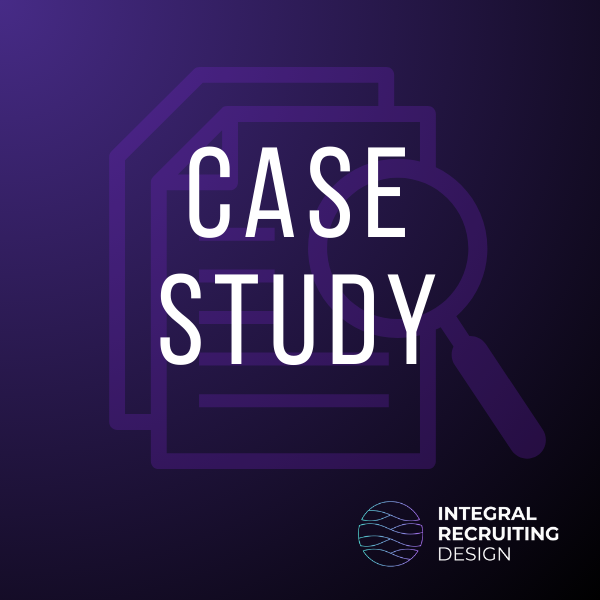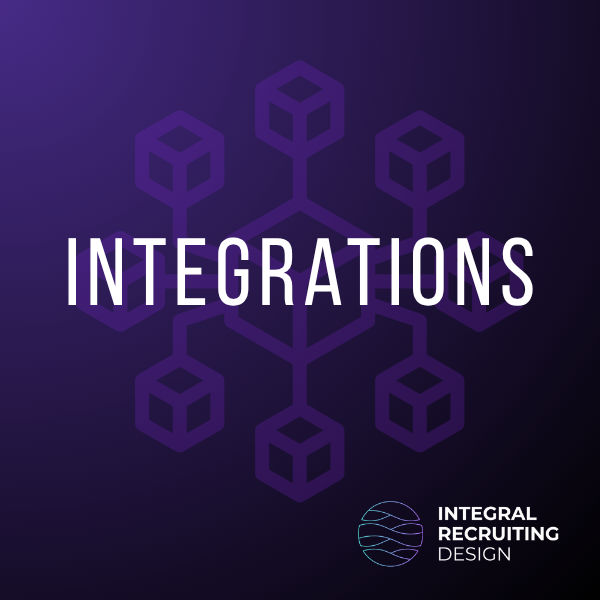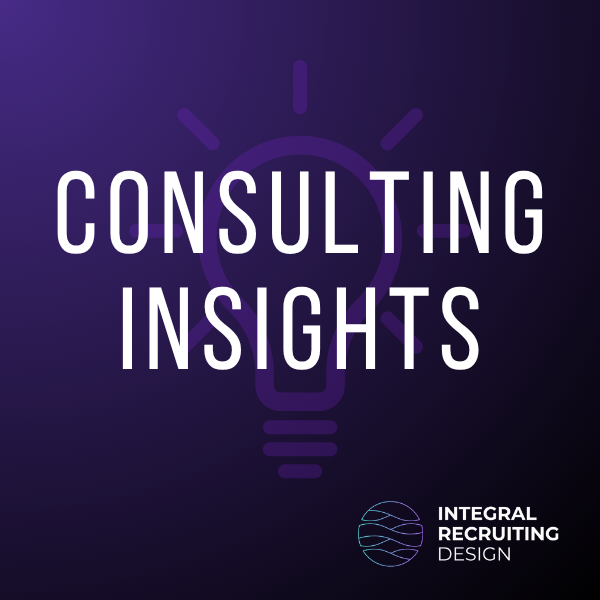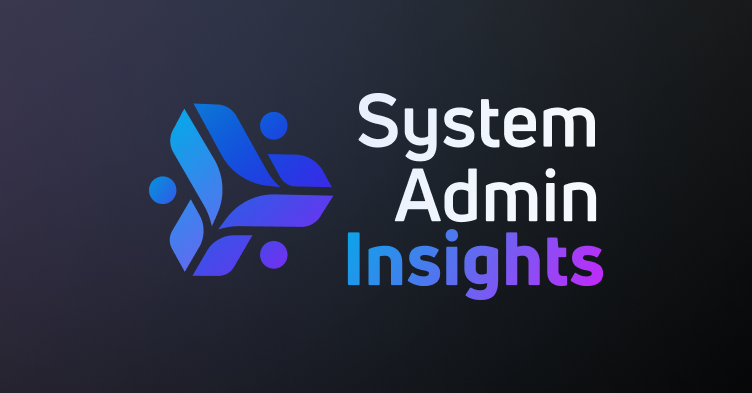Inside the iCIMS Journey: Key Lessons from Colin Day
In November of 2024, I had the privilege of sitting down with Colin Day, founder of iCIMS, for an honest conversation that went well beyond standard corporate narratives. For nearly an hour, Colin shared authentic insights into the birth and evolution of one of HR tech’s most resilient companies. From existential challenges to bold pricing strategies, from unwavering customer focus to resisting industry trends—our discussion became a masterclass in entrepreneurship, leadership, and strategic thinking.
Whether you’re a system administrator managing complexity in the trenches, a founder navigating growth challenges, or someone interested in the human side of building enduring technology, this conversation offers valuable perspective.
Here are the key themes that emerged—and why they matter.
Watch the full recording below:
The Humble Origins of a Giant
Before iCIMS became a leader in enterprise-grade applicant tracking, it began as a side project within a New Jersey tech staffing firm. Colin started his journey as a recruiter with no formal background in either recruiting or technology—something he acknowledges openly.
What he did have was direct exposure to a genuine problem. The internal recruiting software at his staffing firm showed enough promise to potentially stand alone as a product. This coincided with the global shift from client-server architecture to internet-based platforms—a moment Colin candidly describes as “luck and timing.”
What we now recognize as SaaS (Software as a Service) didn’t even have that terminology then. Colin and his team recognized the shift early, spun out the product, named it iCIMS—”Internet Collaborative Information Management System”—and embarked on what would become a two-decade journey.
No venture capital. No angel investors. Just a loan from the staffing firm and a commitment to profitability from day one.
Pivoting with Purpose: From Staffing to Enterprise
iCIMS didn’t initially target the corporate market. The original focus was serving other staffing firms—a natural fit given Colin and his team’s recruiting background. However, they quickly discovered that the staffing market was volatile, complex, and difficult to scale.
This led to their first pivot. They initially focused on the SMB (small and mid-sized business) segment—a strategic positioning decision rather than just a business move. At that time, the enterprise ATS market was saturated with vendors competing for the same large customers.
iCIMS chose a different path. They positioned themselves as “the ATS for SMBs,” featured this messaging prominently across their website, and fully committed to this identity. The market responded positively. Customers who felt overlooked by large, expensive vendors finally found a solution that spoke to their needs.
The strategy worked. iCIMS grew to approximately $30–40 million in revenue through this focused approach.
But their most significant pivot was yet to come.
When the Industry Zigged, iCIMS Zagged
As iCIMS matured, Colin observed an emerging industry trend: talent management platforms were expanding into complementary areas like performance management, learning, and succession planning. Suddenly, every vendor from SuccessFactors to Cornerstone was marketing themselves as comprehensive solutions.
iCIMS initially announced similar expansion plans—until their customers intervened.
Clients began calling to say: “We didn’t choose you to be a talent management platform. We chose you because you excel at recruiting. Please maintain that focus.”
This became a defining moment. Rather than following the trend, Colin made the courageous decision to stay specialized. He abandoned the 5-year plan to expand into post-hire solutions and doubled down on talent acquisition.
This decision, he explained, stemmed from genuinely listening to customers—a principle that helped iCIMS build a reputation for reliability in a market prone to overextension.
The Power of Profitability (and the Pain That Got Them There)
One of the most compelling segments of our conversation came when Colin described what he termed iCIMS’ “near-death experience.” In the early days, while still funded by loans from their parent staffing firm, the dot-com crash hit. Suddenly, the staffing firm withdrew funding.
Colin was advised to consider shutting down iCIMS and return to recruiting.
Instead, he and his leadership team analyzed the numbers and realized they could sustain the company—but only by reducing their workforce from 30 to just 8 employees. It was one of the most challenging periods in Colin’s career. However, it forced the company to become profitable almost immediately.
That hard-earned lesson shaped their approach for the next two decades.
In an industry that often prioritizes growth above all else, iCIMS chose a different approach: measured, sustainable, self-funded growth. Colin explained how this commitment allowed them to concentrate on product quality and customer satisfaction rather than constantly pursuing additional funding rounds.
When asked what profitability meant in practical terms, he put it simply: “We didn’t have to grow faster than we could hire, or build, or serve. We could progress at a pace that made sense.”
A Counterintuitive Move That Changed Everything: Raising Prices
Amid intense competition—when ATS vendors were undercutting each other by minimal amounts per seat—Colin’s board suggested something unexpected: raise prices. Not marginally, but quadruple them.
Initially, he thought it was absurd. But the board’s reasoning was compelling: “We want prospects to pause and ask, ‘Why are you four times more expensive?’ Then we can explain: ‘Because we’re profitable, stable, and investing in service—not just software.'”
The strategy succeeded. Higher prices signaled quality and value. Suddenly, the sales team wasn’t competing on features—they were selling stability, trust, and longevity. This repositioning transformed their market presence.
System Administrators: The Unsung Heroes
A particularly resonant part of our conversation occurred when Colin addressed the System Admin Insights community directly—many of whom manage iCIMS systems daily.
Colin acknowledged that early SMB clients often operated without dedicated system administrators. But as iCIMS moved upmarket, these roles became essential. Administrators weren’t just users—they became implementation partners, configuration specialists, and translators of business requirements into system functionality.
“They taught us how to do this,” he reflected. “They helped us learn how to build flexible systems that didn’t overwhelm people with complexity.”
That feedback loop between iCIMS and its administrators fundamentally shaped the product’s evolution—highlighting the critical impact of this often-underrecognized role.
Scaling with Soul
When asked about the greatest challenge in scaling iCIMS, Colin didn’t mention product development or enterprise sales. He pointed to hiring—specifically, recruiting fast enough to support growth without compromising quality.
He revealed that it took them 12 years to reach 250 employees—and then suddenly, they needed to add 200 more within a single year.
Their solution? Invest heavily in internal talent acquisition. While some investors pushed for leaner G&A budgets, iCIMS leaned into their own specialty. They built out their recruiting team, onboarding specialists, and L&D professionals—creating the infrastructure to grow deliberately rather than reactively.
It reinforced an important principle: your core competency should serve as your competitive advantage. If you’re in talent acquisition, demonstrate that expertise in your own operations.
Scaling with Soul (and a Touch of Humor)
While scaling presented serious challenges, lighter moments emerged as well.
When asked what defined success during the company’s growth, Colin offered an unexpected answer. Though early milestones centered on revenue, product-market fit, and competitive positioning (“We used to say: now we’re the 6th largest… now the 5th…”), his focus eventually shifted inward—to organizational structure.
Literally.
Colin printed a complete organizational chart daily, carefully reviewing reporting structures, role definitions, and whether the organization was evolving appropriately with its scale. This wasn’t micromanagement—it reflected his commitment to clarity, accountability, and sustainable growth.
The practice became so well-known within iCIMS that one Halloween, an employee dressed as “Colin’s org chart”—wearing a blazer and carrying an oversized printout of the chart. Colin recalled this moment with genuine laughter, illustrating how his leadership style had permeated the culture—and how they maintained perspective along the way.
Leaving Gracefully—and What Comes Next
Colin stepped down as CEO of iCIMS on March 1, 2020—just two weeks before pandemic lockdowns began.
What should have been a measured transition became an abrupt handover. In retrospect, Colin views this timing as fortuitous. He recognized that the incoming CEO needed space to lead without founder presence. And personally, he needed a reset.
When I asked if he had a hard time letting go, he answered without hesitation: “No—I was thrilled to let go.” For Colin, true leadership meant hiring himself out of a job. He believed that if he—or any of his executives—were too busy, it signaled that something wasn’t working. The goal was to build an organization where leaders could empower their teams to lead in turn.
“I wanted each of my C-levels to hire people better than them,” he said. “That’s how we’d know the company was truly scaling.”
Since stepping back, Colin has prioritized health, family, and mentorship. He advises numerous HR tech startups, serves on SaaS company boards, and mentors founders navigating challenges similar to those he once faced.
He doesn’t identify as a serial entrepreneur. He built one company, giving it his complete dedication. Now he finds fulfillment in helping others build theirs.
Advice for the Next Generation of HR Tech Builders
When asked what guidance he would offer today’s HR tech entrepreneurs, Colin shared three fundamental questions every founder must answer:
- Where do you fit in the tech ecosystem?
Understand what systems your customer already uses—and precisely how you complement or replace them. - Who is your buyer?
Identify not just the user, but the actual decision-maker. In enterprise settings, this might be the CFO rather than the CHRO. - Is your pricing aligned with how your buyer expects to pay?
If they’re accustomed to per-seat pricing, don’t introduce a usage-based model. Match their established expectations.
Colin emphasized that founders who can clearly answer these three questions are already ahead of most startups he encounters.
Final Thoughts: Listening, Focus, and the Long Game
Throughout our conversation, one theme consistently emerged: listen deeply and maintain focus.
Colin didn’t build iCIMS by chasing trends or raising endless capital. He built it by actively listening to customers, concentrating intensely on their needs, and remaining committed to fundamentals: profitability, product excellence, and people.
In a technology landscape obsessed with disruption, his story reminds us that lasting value is created methodically, purposefully, and with genuine care.
We’re deeply grateful to Colin for sharing his journey with us. If you missed the live session, the complete recording is available in the System Admin Insights community, along with a SHRM attendance form and a limited-time discount code for new members.
Here’s to the builders who listen, the leaders who grow, and the administrators who make it all possible.




